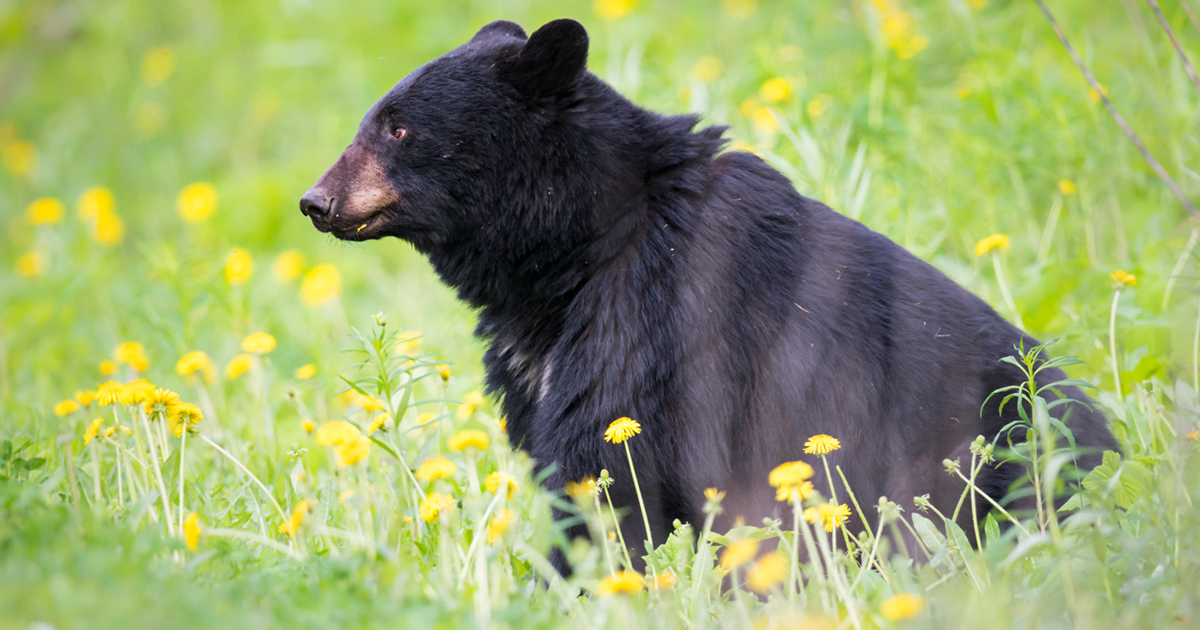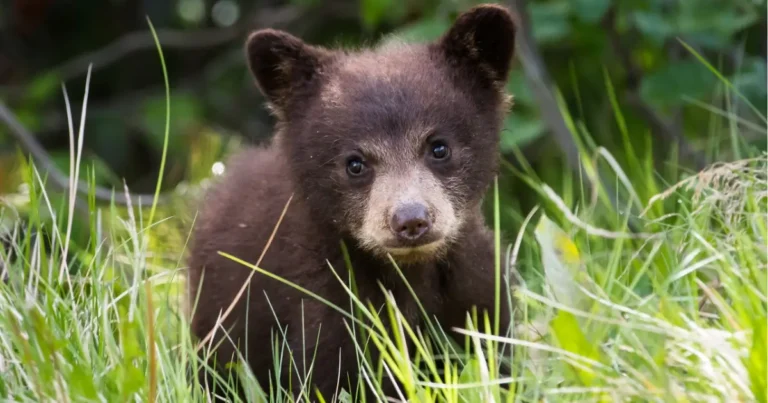
A fed bear is a dead bear. We’ve all heard it. We all know what it means. You can’t spend a weekend in British Columbia without seeing signs, hearing it on the radio or scrolling past it on your social media feed. But from the transition of spring to summer, theBritish Columbia Conservation Officer Service (BCCOS) has killed 142 black bears.
Feeding, direct or indirect, is the cause for the conflict that led to the BCCOS’ killing actions in most of these cases. It could be a single backyard with birdseed or a household that finds reasons to not follow local garbage and recycling rules. It can be hiking with off-leash dogs in a bears’ backyard or leaving out treats in hopes of a closer picture of a favoured animal.
All these stories have led to bears being killed unnecessarily. And bears aren’t the only animals who suffer when people become apathetic to the needs of wildlife and our environment.
Coyotes, harassed by off-leash dogs, are painted asvillains in the media. Raccoons, simply looking for food and a home for their young, are beingcaught and tortured in so-called “humane” trapsthat can be purchased by anyone online (or in stores, at garage sales, and never needing a license or permit).
These, too, are all true stories in British Columbia this spring and summer. The animals all paid the violent price for human apathy in these stories, too.
There are many factors that lead from initial encounter to death — and The Fur-Bearers examine and challenge the steps that frequently lead to suffering. We call on the BCCOS to receive more funding, prioritize coexistence and non-lethal responses, and have independent oversight; we ask the B.C. government to prohibit traps they can’t stop from causing immense suffering or even just place signs near active traps so families can be informed and protected. We question why enforcement isn’t used and why clear directions from B.C.’s Ministers in charge of Environment and Natural Resources aren’t provided publicly to municipalities. We push back against the machinations that end in unnecessary suffering and loss and try to hold governments accountable.
It’s about people
Government action — or inaction — is a symptom, however, not the sickness. Apathy in the public is harming animals far more than any ill-informed bureaucratic policy.
The apathy is understandable, to a point: the uncertainty of a still-present pandemic, children at home full time instead of in schools or daycare, and the constant, daily worries of providing for our own and our families’ basic needs. But.
But we know a fed bear is a dead bear. But we know that there is the possibility of fines for not following the rules about attractants (things that bring wildlife to your yard, typically food-based). But we know that human conflict with wildlife is preventable.
It’s about people; it’s people choosing to not follow simple rules or make simple changes. To be fair, it’s also frequently about people not being hit with fines and orders under the Wildlife Act or municipal by-laws. Ultimately, however, it comes down to those few bad apples in a community who won’t work to keep others safe — including wildlife.
Spoiling the bunch
Not all people in a community are responsible for the actions (or inactions) of a single resident. A single bad apple doesn’t spoil the bunch; but it sure as hell brings the bears.
What is needed (in addition to structural changes in how our bureaucracy views and manages wildlife and the environment) is for all the healthy apples in the bunch to make a whole lot of noise to the person in charge of leaving the bad apples in the bunch; to remove the mixed metaphor parable: those who aren’t calling for change and asking for non-lethal solutions in their communities have a role to play.
Local councillors at municipalities and provincial MLAs and bureaucrats need to hear from the wildlife lovers and advocates; but they also need to hear it from those tired of the apathy of others. It needs to be communicated that we are capable of doing more, and we expect our community leaders to do what they were elected for: leading.
Solutions
There are a great number of frustrations in how wildlife conflict is managed in British Columbia; those can be read throughout other articles atTheFurBearers.comor in episodes of theDefender Radio podcast. When focusing at the community level, however, a few steps can be taken quickly to make change:
- Municipal by-laws.Ask your elected Councillor to institute attractant, feeding and waste management bylaws or policies that will provide education as well as enforcement tools to mitigate and prevent conflict. You can also speak to your municipality about trapping and request a trapping control bylaw.
- Offering to help instead of shame.Social media makes shaming easy and can be effective in getting a quick response. But it isn’t always the best way to teach or make change. Offering help to a neighbour struggling with early morning garbage pickups, or uncertain how their fruit trees/outdoor feeding stations could be contributing can result in real, lasting change for your community’s wildlife.
- Hosting virtual or outdoor wildlife community meetings.Build community while educating by bringing people together (virtually while COVID-19 remains) for an information session with a non-profit likeThe Fur-Bearers,Coyote Watch Canada, or theNorth Shore Black Bear Society. It provides opportunity to discuss local issues — as well as local solutions, too, and encourages people to work together.
- Ask how your behaviours — dog walking, gardening, hiking, or other outdoor activities — may be perceived by wildlife in your community.Understanding the perception of others can help us grow as individuals and realize new solutions.
People are at the core of the conflicts that too frequently end with dead or suffering wildlife; people are also the solution to these conflicts.The only question left to ask in our communities is: how many dead bears will it take before we’re willing to make a change?

